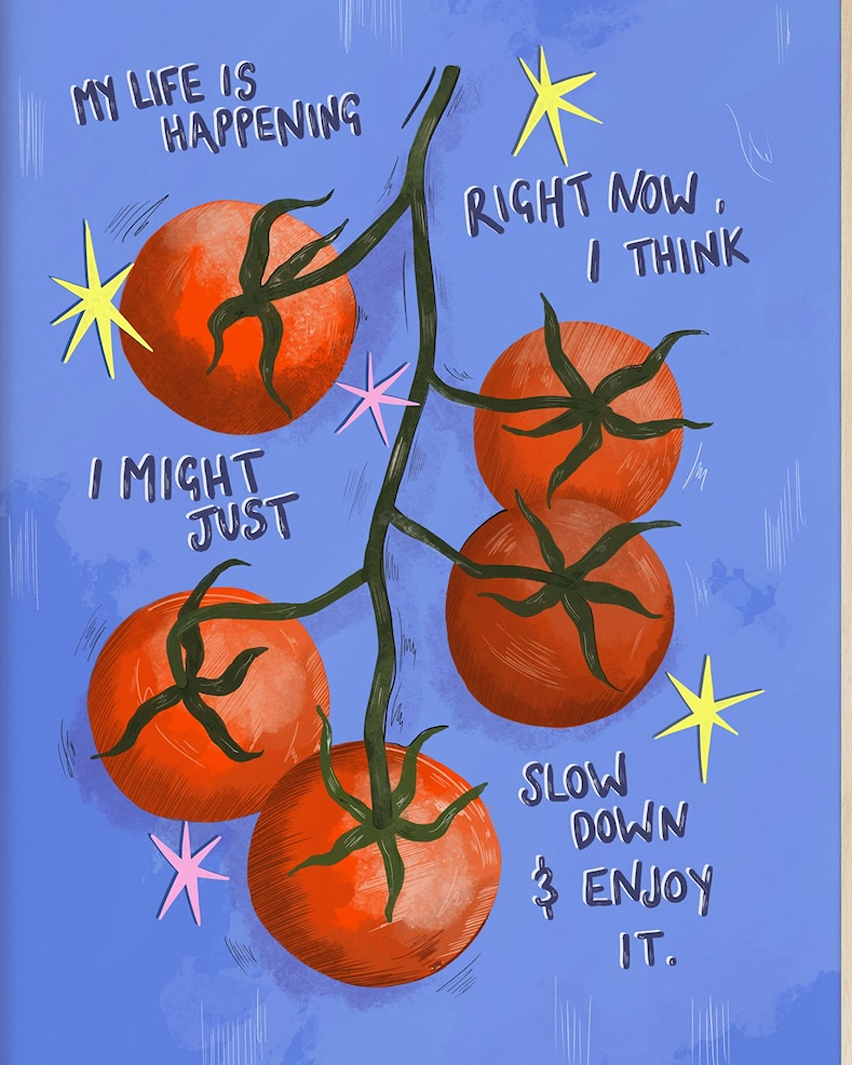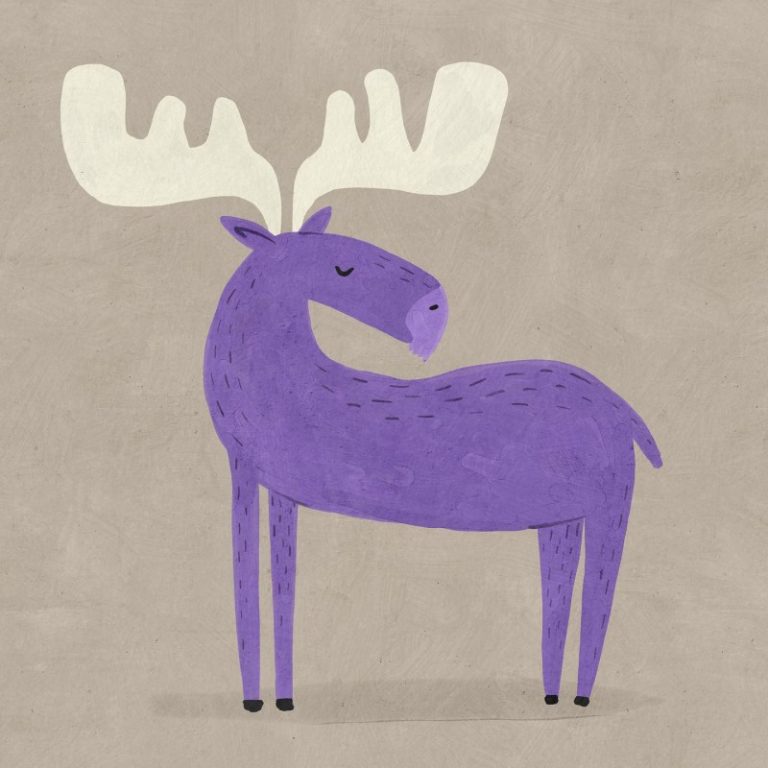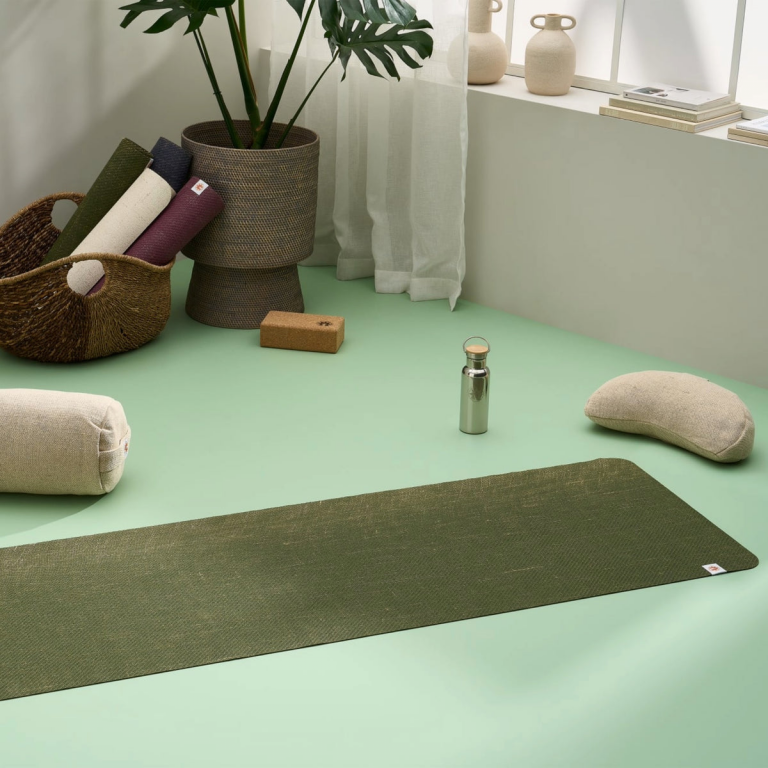
Ever rush through the day and realise you hardly noticed any of it? You got things done, but the moments felt flat. Gratitude brings you back to today. It shows you what is already good, even if life feels busy or messy. When you choose to be thankful for the day you are living, you make room for calm, joy, and steadier focus.
Gratitude is not a grand gesture. It is often a small pause. A warm cup in your hands. A quiet walk in sunlight. The comfort of caring for your body. When these moments are noticed, your day expands. Let’s make space for that.
Why Gratitude Boosts Your Well-being
Daily gratitude works because it shifts attention. The mind often scans for risks and gaps, which keeps stress high. Thankfulness pulls focus to what is safe, kind, or pleasant. Over time, that shift sticks. Researchers link gratitude with lower anxiety, better sleep, and more steady moods.
When you pause to appreciate something real, your brain gets a small lift. Thankful thoughts can raise dopamine and support calm pathways that improve mood regulation. People who write short gratitude notes, even three lines a day, often fall asleep faster and wake with a lighter outlook. The effect compounds, which is why the practice feels easier after a few weeks.
Gratitude is also practical. It guides your attention to what helps you live well. A sunny walk, an unhurried breakfast, or a bath that leaves your skin soft are not luxuries, they are anchor points. Small self-care rituals can help, such as using a natural bar soap made with skin-loving plant oils and gentle scents.
When you treat your skin with care, you send your body a quiet message that it matters. That kind attention supports a grateful mindset, because you experience comfort in the present.
How It Improves Mental Health
Gratitude helps calm an overworked mind. When you name what you appreciate, you reduce rumination and give your brain a clearer target. Psychology research links thankful thoughts with increased dopamine, which supports motivation and daily ease. It does not erase hard feelings, but it keeps them from filling the entire frame.
A short journal helps. Keep a page for notes on three things you valued today, then track your mood beside it. Over time you can see patterns, such as better sleep or fewer tense afternoons. This makes the habit more rewarding and keeps you going on difficult days.
Strengthens Relationships and Daily Joy
Thanking others builds trust and closeness. A brief message, a kind word during a meeting, or a note by the kettle can change the tone of a day. People feel seen. You feel connected. That sense of belonging has a direct link to daily joy.
Gratitude also lifts quiet moments. A slow family breakfast can feel like a gift instead of a rush. A short break at work becomes a chance to breathe, stretch, and notice what went well. These shifts are small, but they stack up fast.
Simple Steps to Practise Gratitude
Gratitude sticks when it is simple. Tie it to moments you already have. Make it quick, clear, and kind to your future self. Below are routines for morning, midday, and evening that suit busy lives.
- Name three good things at breakfast.
- Thank one person before lunch.
- End the evening by writing one highlight from the day.
Keep it light. If you fall behind, pick one step and carry on.
Start Your Morning with Thanks
Begin with a calm moment. While the kettle boils or your coffee brews, note one thing you appreciate about the new day. It could be the light through the window or the chance to start fresh. If you shower, turn it into a mindful ritual. Notice the scent and texture of your soap, the warmth of the water, and how your skin feels clean and cared for.
This early pause sets a tone. You signal to your mind that today holds good things. You step into your schedule with a steadier mood.
Find Gratitude in the Everyday Moments
Use midday breaks to notice small wins. During lunch, list a quick pair of positives, such as a helpful colleague or a task you finished on time. If you walk outside, pay attention to details, like birdsong or a patch of sky. A two-minute note on your phone can keep the habit going.
Ideas to try:
- Simple list: three good things, written fast.
- Thank-you message: one person, one specific reason.
- Sensory check: name a sound, a colour, and a texture you enjoy.
These tiny acts keep you present and train your attention to spot value in plain sight.
End the Day on a Grateful Note
Before bed, dim screens and reflect. Write one to three highlights, then add a sentence on why they mattered. Keep a notebook by the bed so you avoid your phone. This short review helps your mind settle, which often leads to deeper rest.
Pair the routine with a calming cue. A warm drink, light stretching, or a soothing bath can help. If you prefer a bath, pick gentle products that care for your skin and senses.
Overcoming Obstacles to Stay Thankful
Some days are heavy. You forget to write, or nothing seems good. That is normal. Gratitude is a skill, not a mood. You build it with small repeats, even when you do not feel like it. Habit experts point to three keys for long-term change: start tiny, link the habit to something you already do, and make it feel rewarding right away.
Use reminders. Keep a pen by your mug. Set a daily alarm called Today’s Three. Stick a note on your mirror. Pick one time of day, then protect it. When you miss, restart at the next cue without guilt.
Dealing with Bad Days
Hard days can shrink your view. In those moments, aim for one small truth. Maybe you are grateful for a warm jumper, a neighbour’s wave, or the fact that you got through the day. If you cannot find a feeling of gratitude, write a neutral fact you can accept, then add a gentle wish, such as May tomorrow be easier. This reduces pressure while keeping the routine alive.






